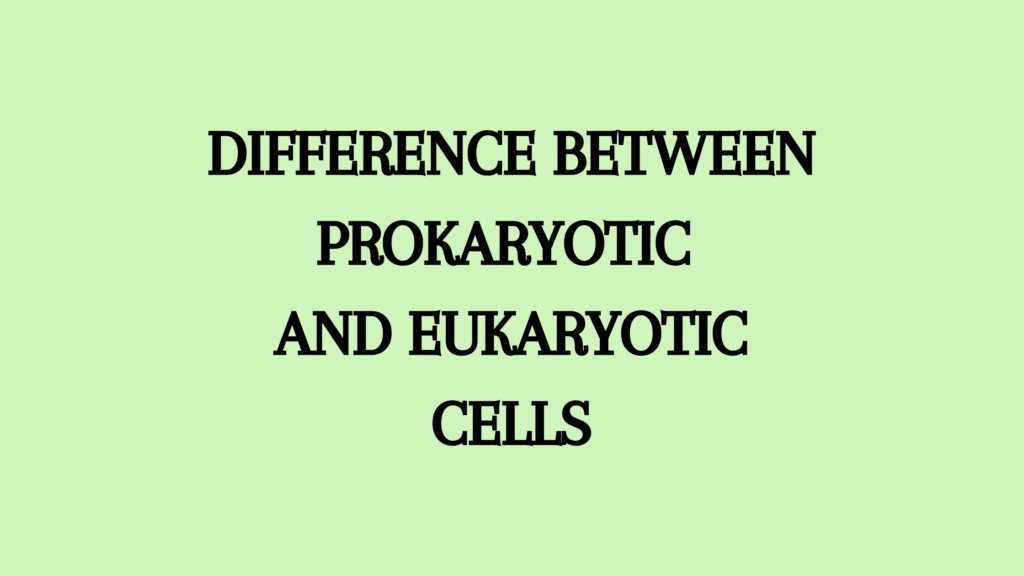Glycocalyx is also called a cell coat. Learn more about the glycocalyx function and more about its characteristics.
Glycocalyx is a fibrous meshwork of hydrated carbohydrates that envelops the cell membrane. The glycocalyx of endothelium is a thin and negatively charged layer containing membrane-bound proteoglycans, plasma proteins, glycoproteins, and glycosaminoglycans.
Glycocalyx contains sugar in its glycoprotein components and polysaccharides. These glycoproteins stick out from the surface and form covalent bonds with protein moieties.
Characteristics of Glycocalyx
- The cell coat stains with Alcian blue for light microscopy.
- Lanthanum or ruthenium red stains the cell coat for the electron microscope.
- It is 10-20 nm thick.
- It is in direct contact with the plasma membrane.
- Cell coat is a negatively charged sialic acid terminal and binds to Ca2+ and Na2+ ions.
- Depending on the location, the cell coat can be stronger. Eg. Intestinal epithelium that constantly suffers from chemical and mechanical attacks has stronger glycocalyx.
- It continuously undergoes renewal.
Cell Coat or Glycocalyx Functions
- Glycocalyx or cell coats act as filters, especially as in glomerulus regulates the movement of molecules. In connective tissue, hyaluronate controls the diffusion of molecules.
- In animals, glycocalyx affects the substrate concentration on the cell surface. Eg. the Glycocalyx of muscle cells maintain the microenvironment by containing Na+ ions.
- The cell coat of microvilli in the intestines contains enzymes for the digestion of proteins and carbohydrates.
- Mammalian erythrocytes contain immunological substances on their cell coat corresponding to A, B, and O blood groups.
- Sialoglycoproteins of the RBC membrane contain Mand N antigens.
- Cell coats may also have receptor sites for lectins and viruses.
- Glycocalyx contains antigens for histocompatibility that permit or reject foreign particles or molecules.
References
- Agarwal, P. V. |. V. (2004). Cell biology, Genetics, Molecular Biology, Evolution, and Ecology: Evolution and Ecology. S. Chand Publishing.




